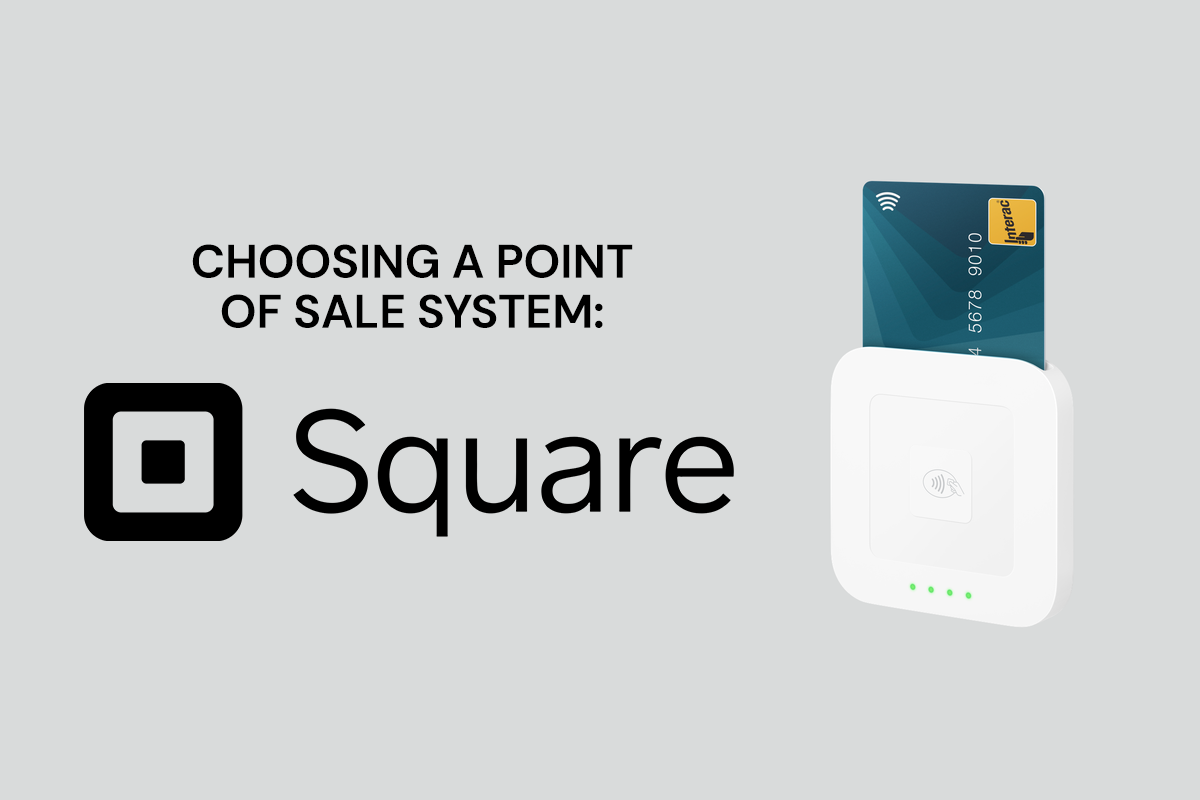Doubtless you’ve seen the nifty iPad-based credit card payment systems at your local coffee shop, bakery, or other millennial-frequented venue. (This post is not going to be about bashing millennials, just FYI.) Square is far and away the most frequently used point-of-sale (POS) service, but other services have plenty to recommend them as well. Is there a credit card payment system that can accommodate your website sales in a similarly elegant fashion? Read on and find out! There’s a lot to discuss, so we’ll be handling this in a multi-part series.
Merchant Accounts: What of Them?
As web designers, typically we only deal with your merchant account briefly when we are setting up a new e-commerce website. All we need are a set of credentials to hook up your payment gateway of choice, and then we generally don’t mess with it too much after that.
If you already have a merchant account, you’ll know that you are typically charged a different fee for payments you take over the phone versus a customer swiping their card in person in your establishment. Phone payments—and internet payments—generally incur higher fees because the risk of fraud are higher.
Usually, you can shop around for the best rates and switch merchant accounts as needed. Square, however, is not a merchant account in the typical sense. There is no shopping around for a better rate when using Square’s equipment; you are subject to Square’s fees only:
- Standard swiped transactions: 2.75%
- Square Register swiped transactions: 2.5% + 10¢ per transaction
- Keyed-in, Card on File and Virtual Terminal transactions: 3.5% + 15¢ per transaction
- eCommerce transactions, Invoices: 2.9% + 30¢ per transaction
- Other fees: none—and that means no chargeback fees.
Most merchant accounts charge around 2.x% + 30¢ per credit card transaction, and Square is right in line with that. The least expensive merchant account we have found is PayJunction, which only charges 0.75% per transaction. (You are reading that correctly—less than 1%.)
Square: The Leader in the Field
Square is fast and free to set up, and it’s easy as heck to use. We love that you can get basic Square hardware for free on their website. A chip card reader that plugs into a smartphone or tablet is only $29. The fees are reasonable, too. There is no monthly fee for equipment or account management services.
There are a few other features we like about Square, so we’ll be looking for analogues from competitors:
Digital or Printed Receipts: With Square, customers can choose to have a receipt emailed or texted to them, or they can choose a traditional printed receipt.
Tip Suggestions: 15% and 20% tips are calculated for the customer.
Tabs: Let customers keep a ticket open and pay it at their convenience, and let your staff split tabs or sort tickets by name, last modified time, or total amount.
Inventory Management: You can add to your inventory easily by uploading .CSV spreadsheets, and keep track of it from any computer. Daily alerts tell you when you’re low on product. More advanced inventory management tools are available with Square for Retail, which does incur a monthly fee.
Edit Items: Add item modifiers like “add guacamole” quickly.
Analytics: View reports of sales by item and other useful metrics.
Downsides of Square POS
While the fee structure of Square is definitely competitive in this space, it’s hard not to think about PayJunction’s 0.75% fees, which are so much lower.
Another issue is customer service. You may not contact customer service often for most of the services you use, but credit card payments invite chargebacks, and you may end up on the phone a little more often. Square’s customer service has been criticized, and some users have reported that Square withheld funds or shut down their accounts. Keep in mind that Square has more than 3 million users, and take those complaints with a grain of salt, but recognize that good customer service may be a useful thing to look at in a competitor.
Next week, we’ll take a look at a Square competitor and see how they measure up. Stay tuned!






